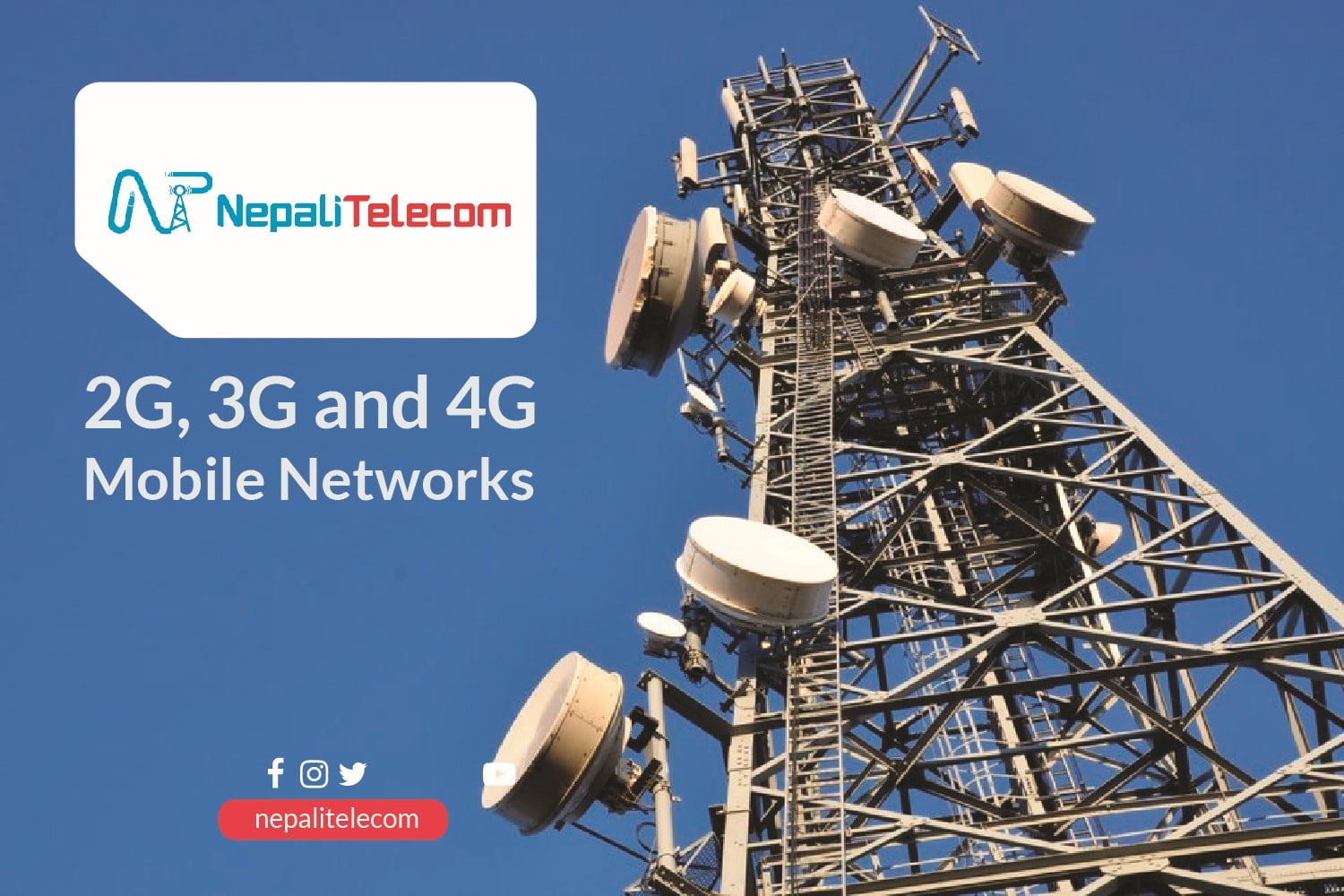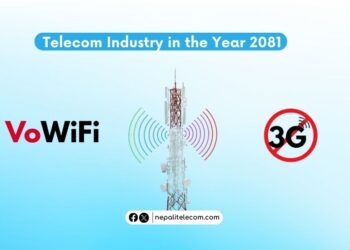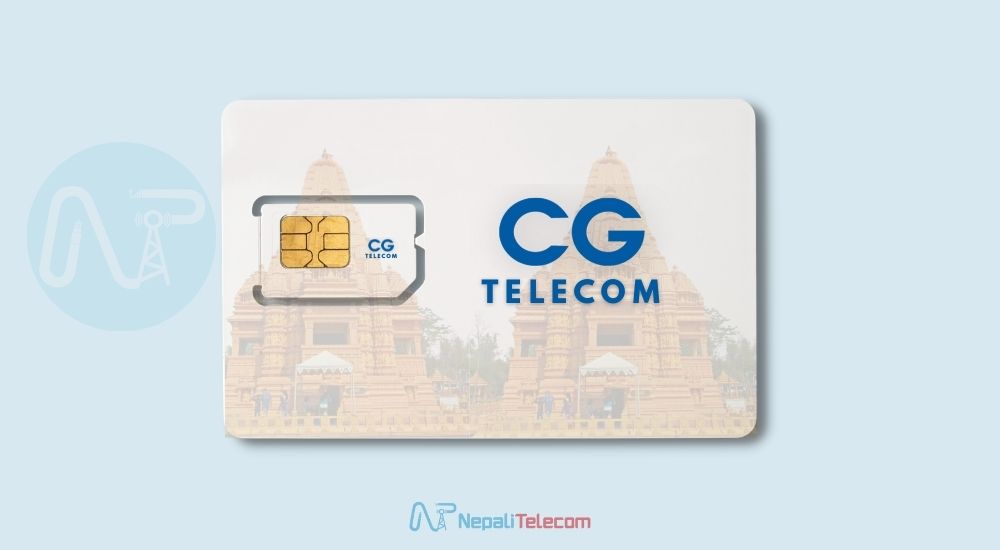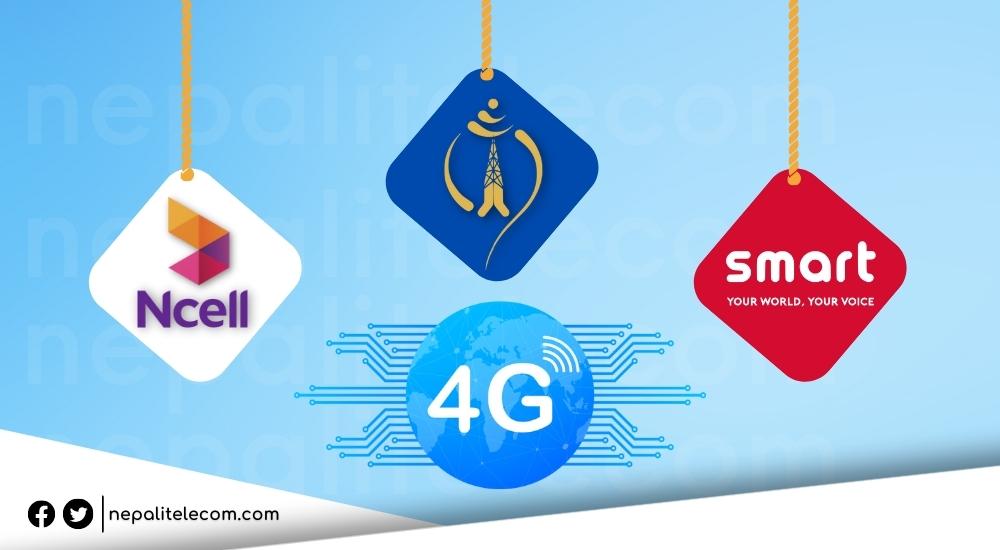As mobile technologies get developed over the years, telcos keep on adding new technology after its development. First, only 2G network was available and then 3G came without replacing 2G. Similarly, 4G arrived and they didn’t replace 3G. So, people keep asking a question as to why three mobile technologies co-exist, why don’t they replace older mobile technologies?? In this post, we are trying to analyze the reasons for the existence of 2G, 3G, 4G mobile technologies.
Telcos and people also prefer new technology as they provide higher data speed and more services from the available resources. For the usage of new technology, first, the telcos need to add some new equipment for the respective technologies like 3G, 4G. Then the user also should have the handset or UE to use such mobile technologies. For instance, if a Mobile service provider starts providing 4G mobile networks, users also need to buy a 4G handset to use the high speed and new technologies.
2G, 3G, and 4G availability
2G network is available ubiquitously, make it the universal connection for a mobile user. Being the oldest mobile technology that is in existence now, 2G provides voice and slow data service. For higher speed internet connection, people and telcos need to use 3G and 4G technologies. But 3G and 4G coverage may not be available everywhere. While having a call or data usage, the handset or UE may switch from one technology to another based on the coverage and network availability. Here are the situations when do you need to put your phone in a 2G network.
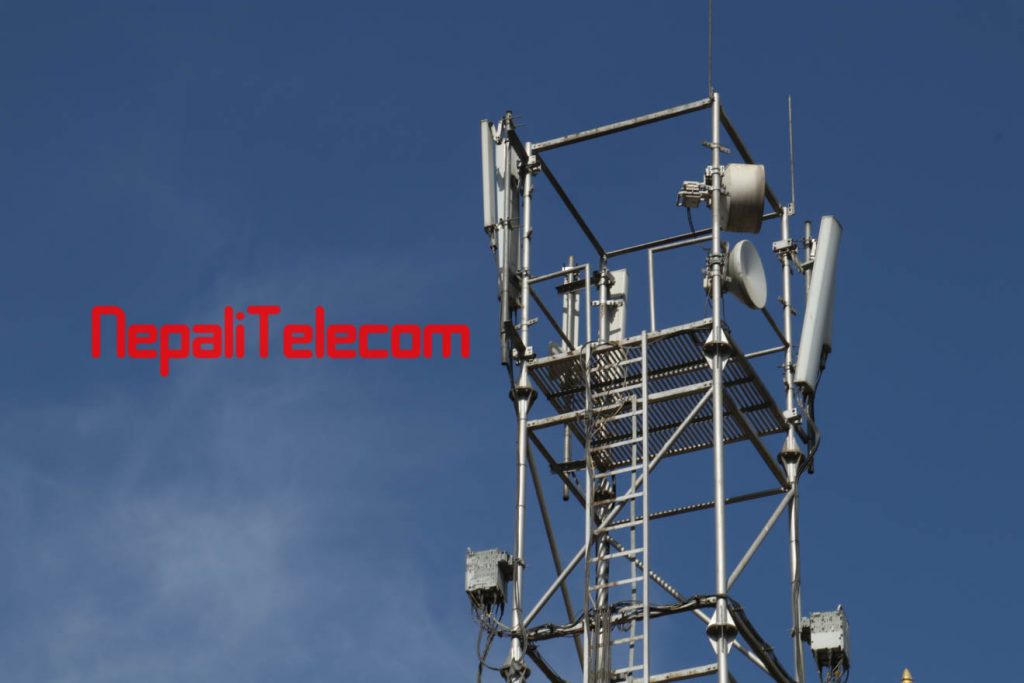
Reasons why 2G, 3G, and 4G exist?
After the arrival of new technology, it will take some time to reach all the places at first. Then people also need to get a new user device to support those technologies. In some cases, the handsets or UE arrive at people’s hands before the actual launch from the network side. Take, for instance, People already had the 4G phone when the 4G network was not even ready in their place. Similarly, we already have a 5G phone now when the 5G network is not available. Checkout: 5G Network in Nepal.
Although most of the people switch to higher technologies, there are still many who prefer to stay with the same technology that they were using. The reason to stay with old technology let us put here as 2G, could be due to the service or due to the cost factor.
Some may only have the feature phone that only supports 2G and the services with such a phone is already enough for them. As some people only use Voice service, catered by the 2G network and 2G handset, they do not need to buy phones that support 3G or 4G. Old age people and voice-only customers prefer to use their current phone, even if the network may be ready to launch 5G.

Some people may require to use the new technology for its high speed and more features, but they could not afford to buy a new phone that supports new technology (3G/4G).
For a telecom operator, if all of the customers do not have the phones or UE to support the latest technology, they cannot switch the older network off. If they remove the 2G networks, there will be a lot of customers who cannot use the mobile service. So, they will keep the 2G network running even if they have 3G/4G networks.
The telcos also gradually expand their new technology coverage. The 3G/4G coverage is not available everywhere on Day 1 or the first Month. They first bring the 3G/4G to the city areas and move towards suburbs and rural. So, till new technology (3G/4G) is available everywhere, they need the basic or universal network (2G) for the continuous call.
4G only operator!!!
There is also a possibility of having a Mobile service provider with 4G networks only. Like the operator Jio in India, a mobile network operator could provide services with only 4G networks. As 4G LTE is a data-only technology, the operator provides the voice service using VoLTE technology.
Read more about VoLTE in Nepal Telecom.
Why not switch off 2G if 3G, 4G is available everywhere?
Having said all of the above, some of the telcos have already switched off 2G networks. It is due to the reason that the majority of their customers have shifted to higher technologies like 3G, 4G. Another reason that their 3G/4G coverage is also available almost everywhere. So, they could get rid of 2G (to save their operating costs) and also increase their revenue from higher speed data services in 3G, 4G. Some other telcos are in the pipeline to switch off 2G due to the adoption of newer technologies.
The 2G network switch off is also imminent as 5G is about to come soon. With the arrival of 5G, there will be four networks to manage for a telco. They will also have extra costs incurred in managing and balancing everything among the networks. So, the telcos will eventually consider turning off 2G networks.
So, with all of the above, hope we answered the general question of the co-existence of 2G, 3G, and 4G together. Even after adding a 3G network, why don’t they remove the 2G network?? The answer is that the operators cannot because there will be some people remaining who do not want 3G (for advanced services) or afford to buy new 3G phones. The same is the case as telcos add 4G network without removing the 3G network.


